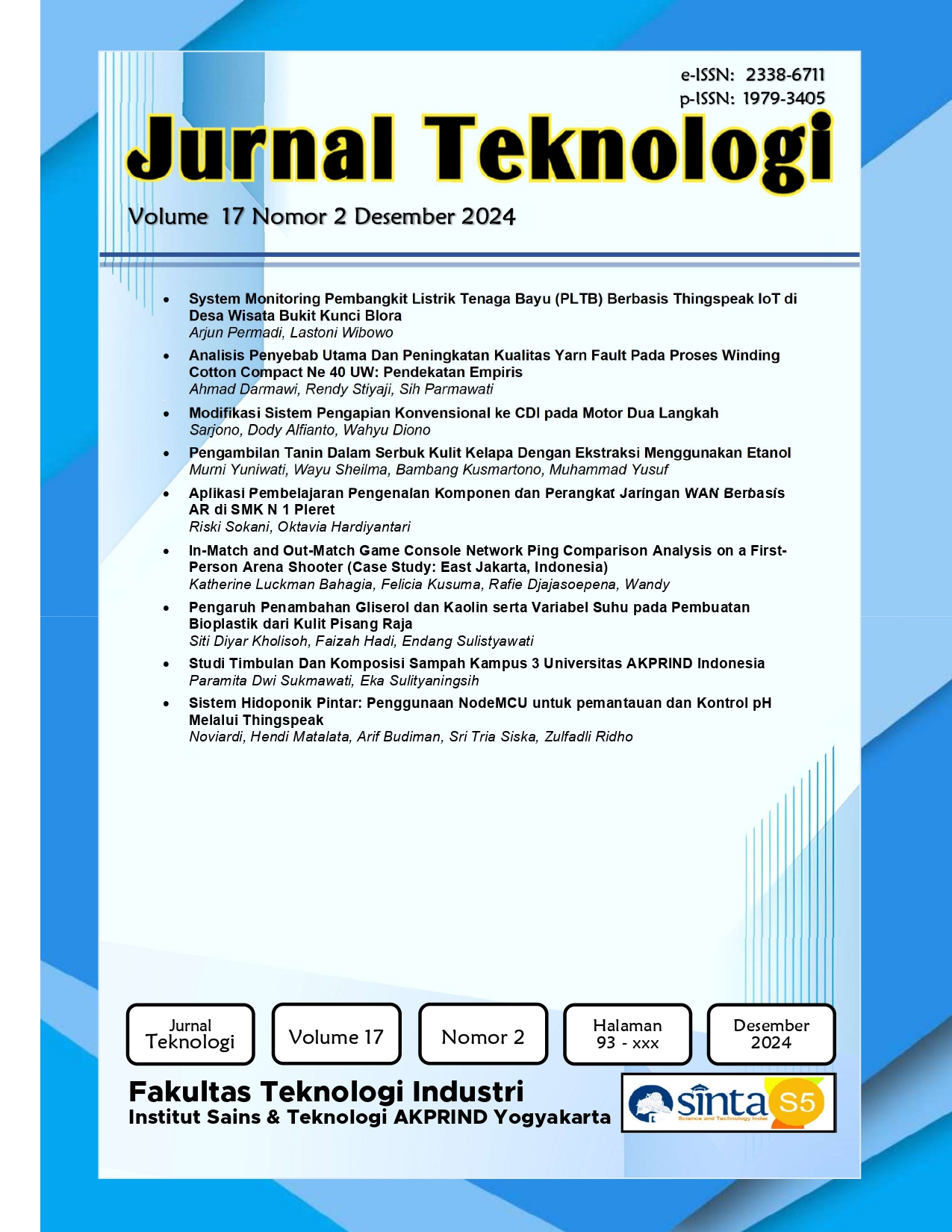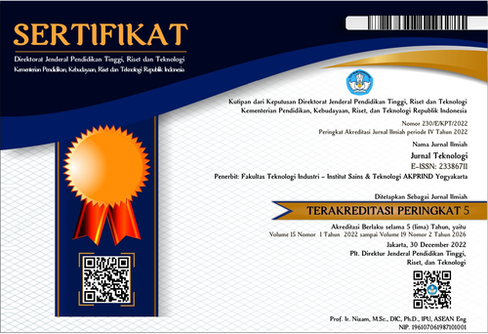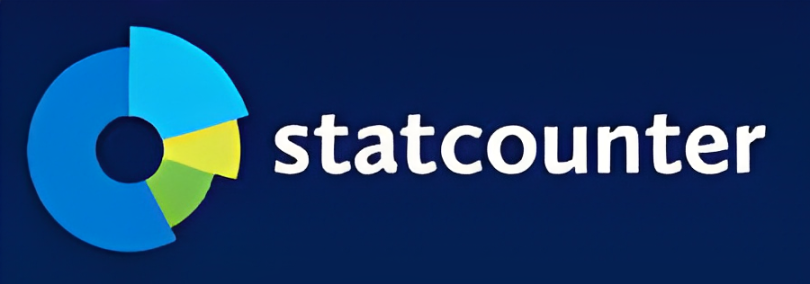In-Match and Out-Match Game Console Network Ping Comparison Analysis on a First-Person Arena Shooter (Case Study: East Jakarta, Indonesia)
DOI:
https://doi.org/10.34151/jurtek.v17i2.4751Keywords:
analysis, first-person shooter, game, latency, onlineAbstract
As offline and online game technologies evolve, gaming technology and devices constantly change. Games can be played on PCs or various console machines, including portable and non-portable devices. XDefiant is a free-to-play, first-person arena shooter in which players compete in fast-paced online matches. This research aimed to compare the ping values between in-match and out-match when playing an online first-person shooter game on a console machine. The study utilized a quantitative method using primary data and a descriptive approach, with data collected from June to July 2024. The game capture latency stage involved taking 30 screenshots in 10 in-match scenarios and 30 screenshots during out-match scenarios. Network pings were analyzed during both in-match and out-match. The mean ping during the in-match was significantly higher than during the out-match, with an average difference of approximately 12.77 ms. The standard deviation for the in-match was also higher than that for the out-match. An interesting finding was that the maximum ping during out-match was higher than during in-match, though the difference was only 1 ms. The ping trend increased during the in-match, while it decreased for better performance during the out-match. Despite the varying trends in both in-match and out-match, players reported excellent game performance during the research period.
Downloads
References
AT&T Business. (2024). What is ping/latency, what’s a Good Ping in Gaming speeds and Impact? AT&T Business. https://www.business.att.com/resources/knowledge-center/what-is-latency-impact-on-gaming-streaming.html
Baqapuri, H. I., Roes, L. D., Zvyagintsev, M., Ramadan, S., Keller, M., Roecher, E., Zweerings, J., Klasen, M., Gur, R. C., & Mathiak, K. (2021). A Novel Brain–Computer Interface Virtual Environment for Neurofeedback During Functional MRI. Frontiers in Neuroscience, 14. https://doi.org/10.3389/fnins.2020.593854
Budinugroho, G., & Islam, M. A. (2023). PERANCANGAN BUKU ILUSTRASI INFOGRAFIS SEJARAH KONSOL VIDEO GAME ERA 1980-AN DAN 1990-an. BARIK - Jurnal S1 Desain Komunikasi Visual, 4(3), 75–89.
Liu, S., Claypool, M., Kuwahara, A., Scovell, J., & Sherman, J. (2021). The Effects of Network Latency on Competitive First-Person Shooter Game Players. 2021 13th International Conference on Quality of Multimedia Experience (QoMEX), 151–156. https://doi.org/10.1109/QoMEX51781.2021.9465419
Madanapalli, S. C., Gharakheili, H. H., & Sivaraman, V. (2022). Know Thy Lag: In-Network Game Detection and Latency Measurement. In O. Hohlfeld, G. Moura, & C. Pelsser (Eds.), Passive and Active Measurement (pp. 395–410). Springer International Publishing. https://doi.org/10.1007/978-3-030-98785-5_17
Parrish, K. (2023, October 16). Bandwidth vs. Latency: What is the Difference? HighSpeedInternet.Com. https://www.highspeedinternet.com/resources/bandwidth-vs-latency-what-is-the-difference
Rahim, N. A., Totong, A., Effendy, M. I., Djajasoepena, R., Maindratama, A., Eryanto, E., & Wandy, W. (2024). Battle Royale Console Game Performance Analysis (Case Study: East Jakarta, Indonesia). Jurnal Teknologi, 17(1), 36–41. https://doi.org/10.34151/jurtek.v17i1.4695
Soorya, V., Bhat, S. S., Shaik, S., Rajagopal, S. M., & Bhaskaran, S. (2024). Advanced Latency Compensation Techniques for Seamless Online Gaming Experiences. 2024 IEEE 9th International Conference for Convergence in Technology (I2CT), 1–7. https://doi.org/10.1109/I2CT61223.2024.10543857
Ubisoft EU/UK. (2024). XDefiant—Free to Play Arena Shooter. https://www.ubisoft.com/en-gb/game/xdefiant
Wandy, W., & Bhakti, M. A. C. (2021). Analisis Konsumsi Internet pada Gim Battle Royale Berbasis Konsol Selama Periode Kenormalan Baru di Jakarta. INTEK : Jurnal Informatika Dan Teknologi Informasi, 4(1), Article 1. https://doi.org/10.37729/intek.v4i1.1077
Downloads
Published
How to Cite
Issue
Section
License
Copyright (c) 2024 Katherine Luckman Bahagia, Felicia Kusuma, Rafie Djajasoepena, Wandy

This work is licensed under a Creative Commons Attribution-ShareAlike 4.0 International License.
Jurnal Teknologi provides immediate open access to its content in order of making research freely available to the public to support a global exchange of knowledge. All articles published in this journal are free for everyone to read and download, under licence CC BY SA.
Benefits of open access for the author, include:
- Free access for all users worldwide.
- Authors retain copyright to their work.
- Increased visibility and readership.
- No spatial constraints.




















